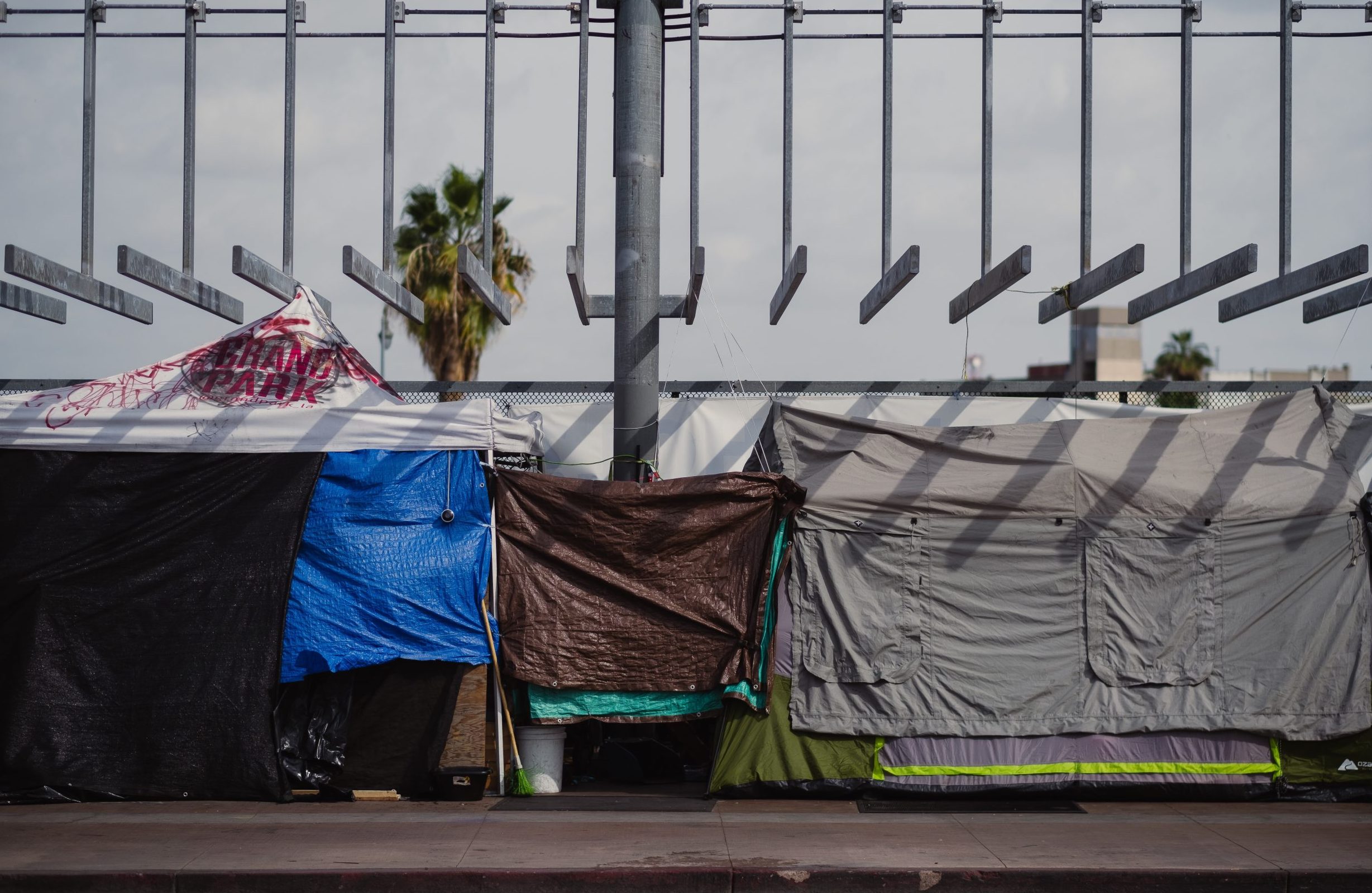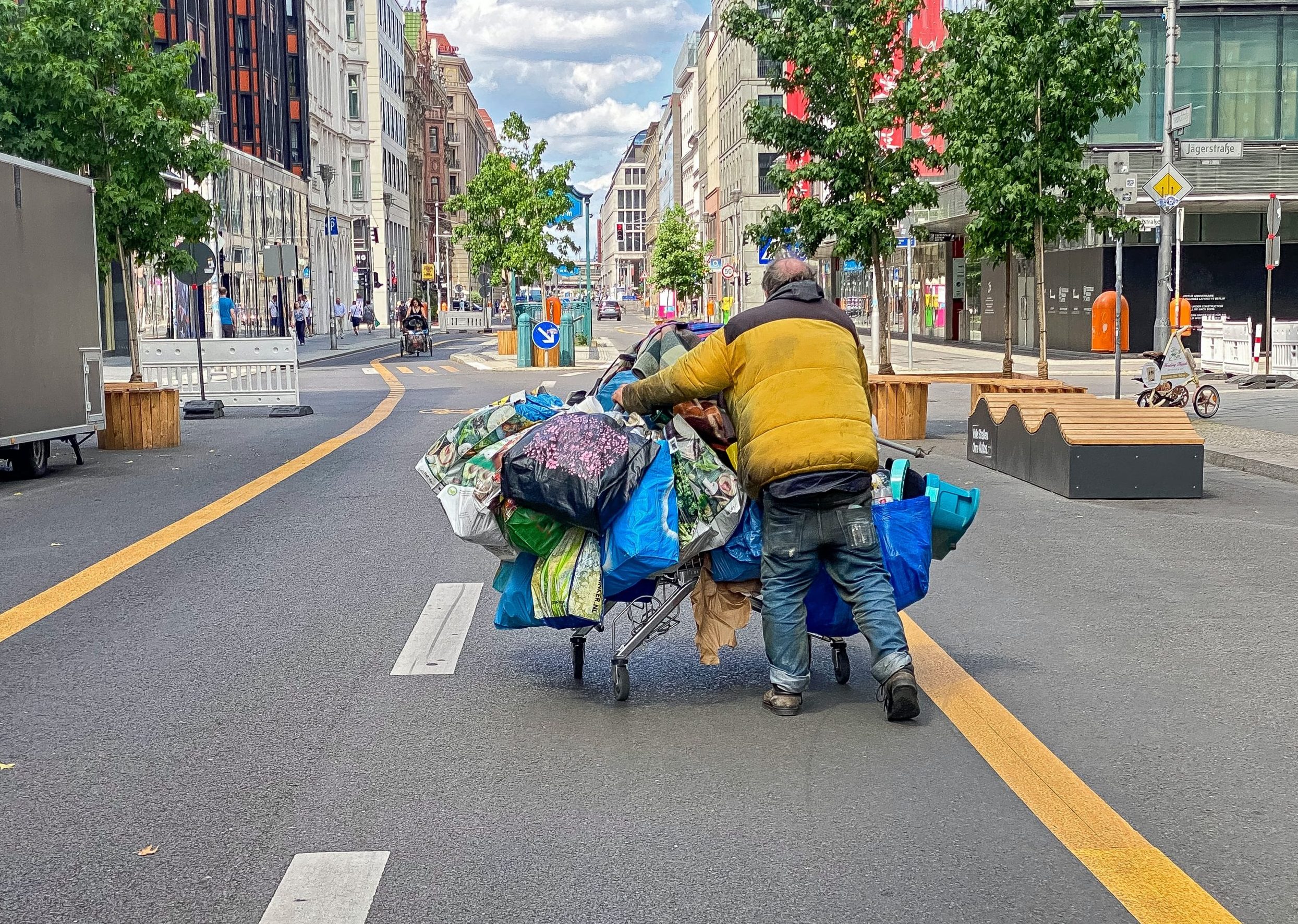The barriers to low-income housing are crumbling across America. A new wave of developments is providing much-needed homes for families who have long been priced out of the market, while also bringing much-needed investment into struggling communities.
The results are already being felt in communities across the country. In Chicago, a new low-income housing development is helping to revitalize a long-neglected neighborhood. In Los Angeles, another project is providing quality homes for families who had been living in substandard conditions. And in New York City, a major new initiative is underway to build or preserve thousands of units of affordable housing.
The impact of these developments goes well beyond the walls of the buildings themselves. They are helping to create healthier and more vibrant communities for everyone. That’s good news for America – and a sign that our country is finally starting to address one of its most persistent problems.
Understanding how access to affordable housing is breaking barriers
For low-income families, access to affordable housing is often the difference between stability and homelessness. In fact, a lack of affordable housing is one of the leading causes of homelessness in the United States. However, thanks to programs like Section 8 and other initiatives, low-income families are slowly but surely gaining access to quality housing.

The Section 8 program, also known as the Housing Choice Voucher program, is a federally-funded program that provides financial assistance to low-income families who are struggling to pay rent. Through this program, eligible families can receive vouchers that cover a portion of their rent. This assistance can make all the difference for a family struggling to make ends meet.
In addition to programs like Section 8, there are also a number of non-profit organizations that provide affordable housing options for low-income families. These organizations build and manage apartment complexes and single-family homes that are available at below-market rates. By working with these organizations, low-income families can find quality homes that they can afford.
Breaking down barriers to affordable housing is essential for combating homelessness in the United States. Programs like Section 8 and non-profit organizations are helping to make this happen. As more families gain access to quality housing, we will begin to see a decrease in homelessness nationwide.
Investigating strategies for increasing inclusion in low income areas
There is a lot of talk these days about income inequality and the need for increased inclusion in low-income areas. But what does that actually mean? And how can we make it happen?
Income inequality refers to the gap between the rich and the poor. In the United States, the top 1% earn more than 19 times what the bottom 90% earn. That means that the top 1% have more money than the bottom 90% combined!
The effects of income inequality are far-reaching. It contributes to poverty, poor health, crime, and a host of other social problems. But it doesn’t have to be this way.

There are many things that can be done to increase inclusion in low-income areas and help close the gap between the rich and the poor. One way is through affordable housing.
Affordable housing is housing that is safe, decent, and affordable for low- and moderate-income families. It can be found in both urban and rural areas, and it comes in many forms including public housing, voucher programs, and tax credits.
Breaking Barriers is an organization that is working to increase access to affordable housing in low-income areas. They are doing this by working with developers to build new affordable housing developments, by advocating for policy changes at the local and state level, and by providing financial assistance to families who are struggling to pay their rent.
Breaking Barriers is making a difference in the lives of low-income families across the country. By increasing access to affordable housing, they are helping to break down barriers that stand in the way of economic opportunity and upward mobility.
Exploring lasting solutions to bridge economic divides
When it comes to exploring lasting solutions to bridge economic divides, one important area of focus is affordable housing. For many low-income families, safe and stable housing is out of reach – but there are organizations working to change that.
One such organization is Habitat for Humanity, which helps build or improve homes for those in need. Habitat homeowners are selected based on their need for housing, their willingness to partner with Habitat, and their ability to repay a no-interest loan. This program not only provides families with a place to call home, but also helps them break the cycle of poverty.

Another organization working to provide affordable housing is Community Solutions, which focuses on helping communities develop and implement long-term plans to end homelessness. One of their initiatives is called “100,000 Homes”, which aims to house 100,000 vulnerable and chronically homeless people by July 2014. So far, they have housed over 75,000 people and are well on their way to meeting their goal.
These are just two examples of the many organizations working to provide affordable housing and break the cycle of poverty for low-income families. With more support, they can continue making a difference in the lives of those who need it most.
